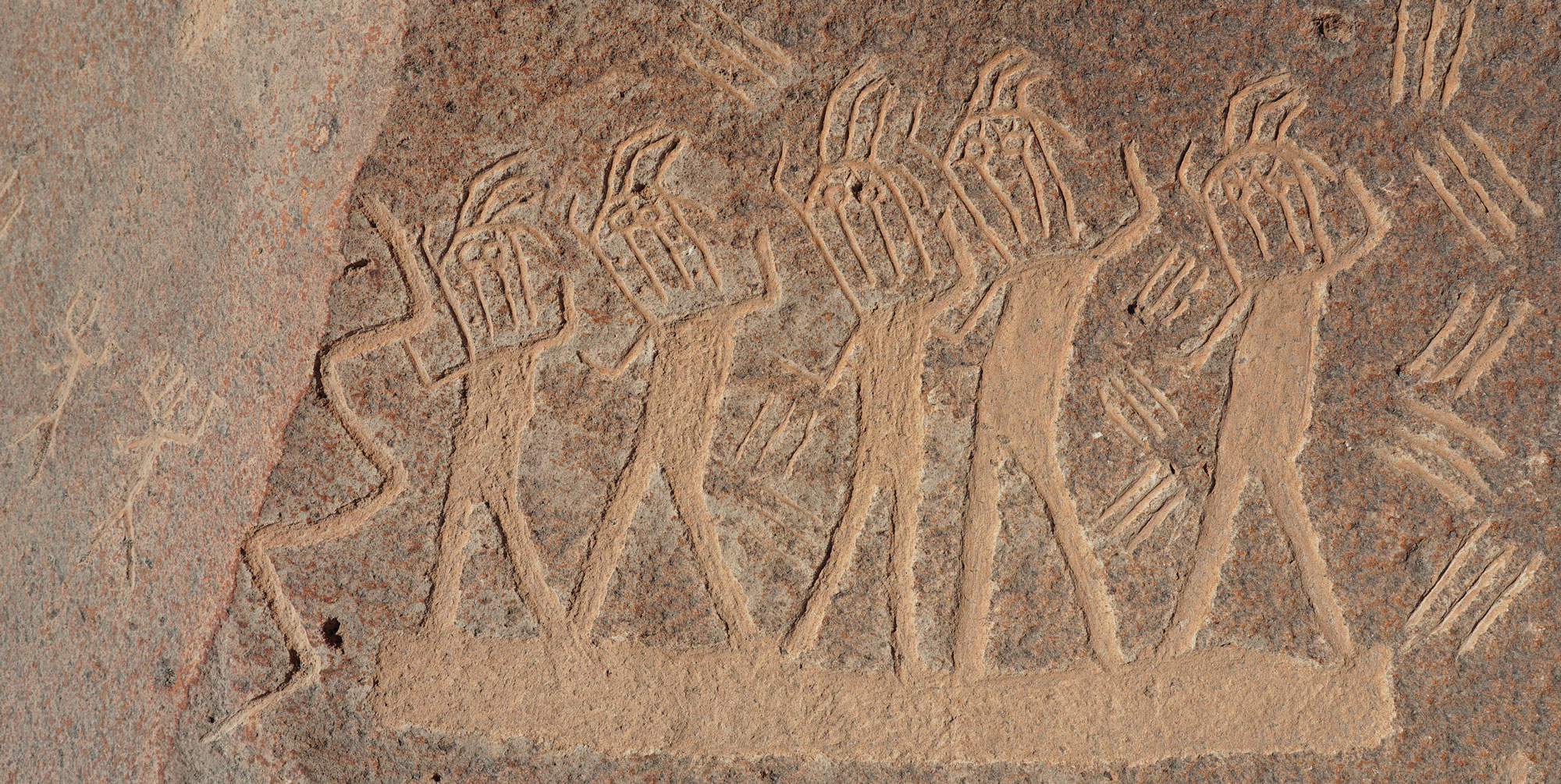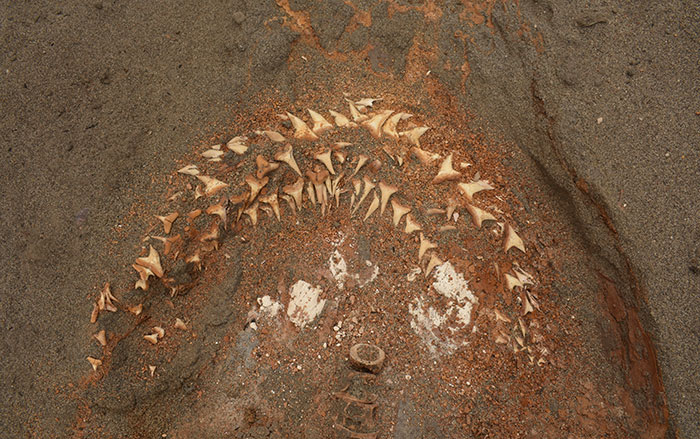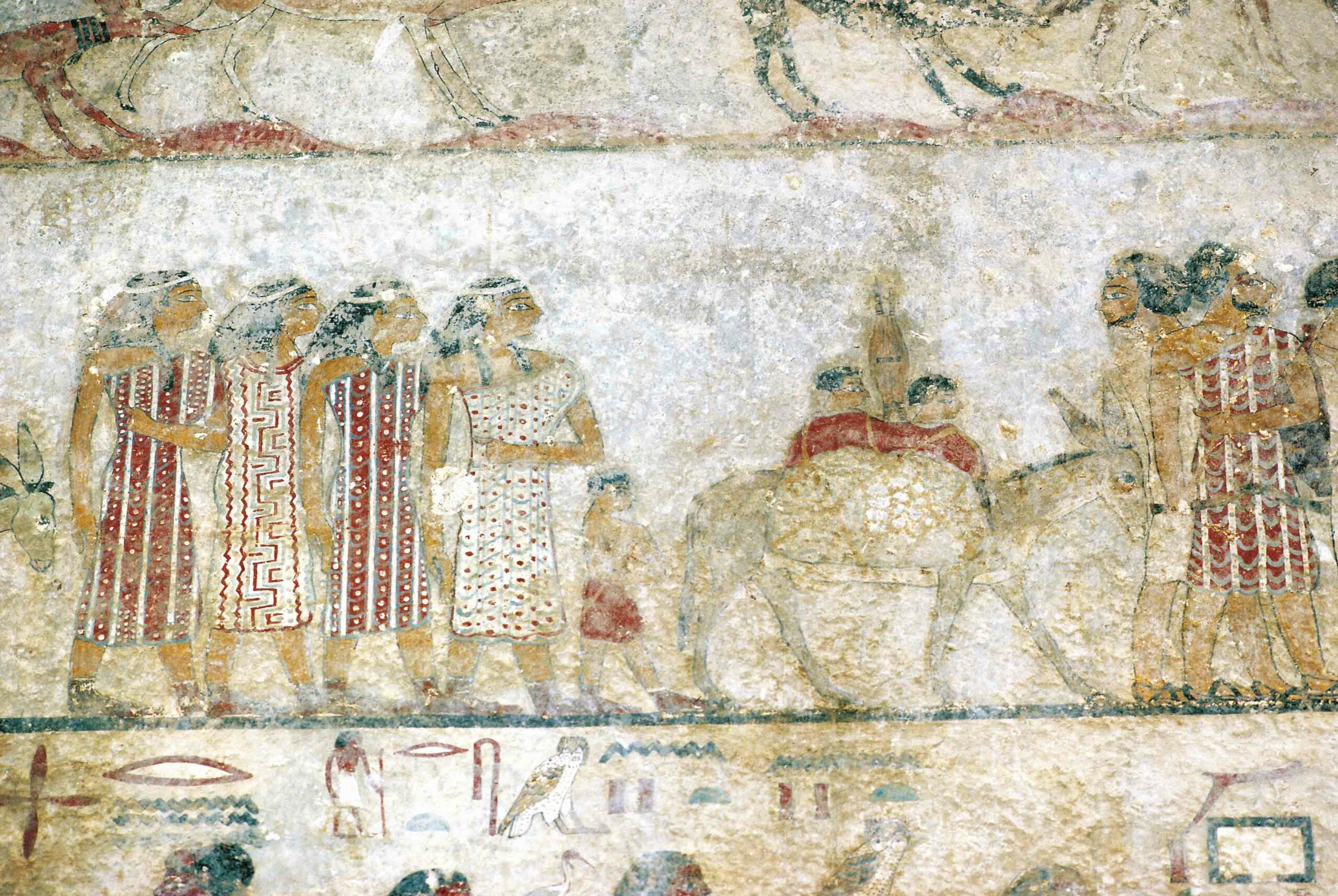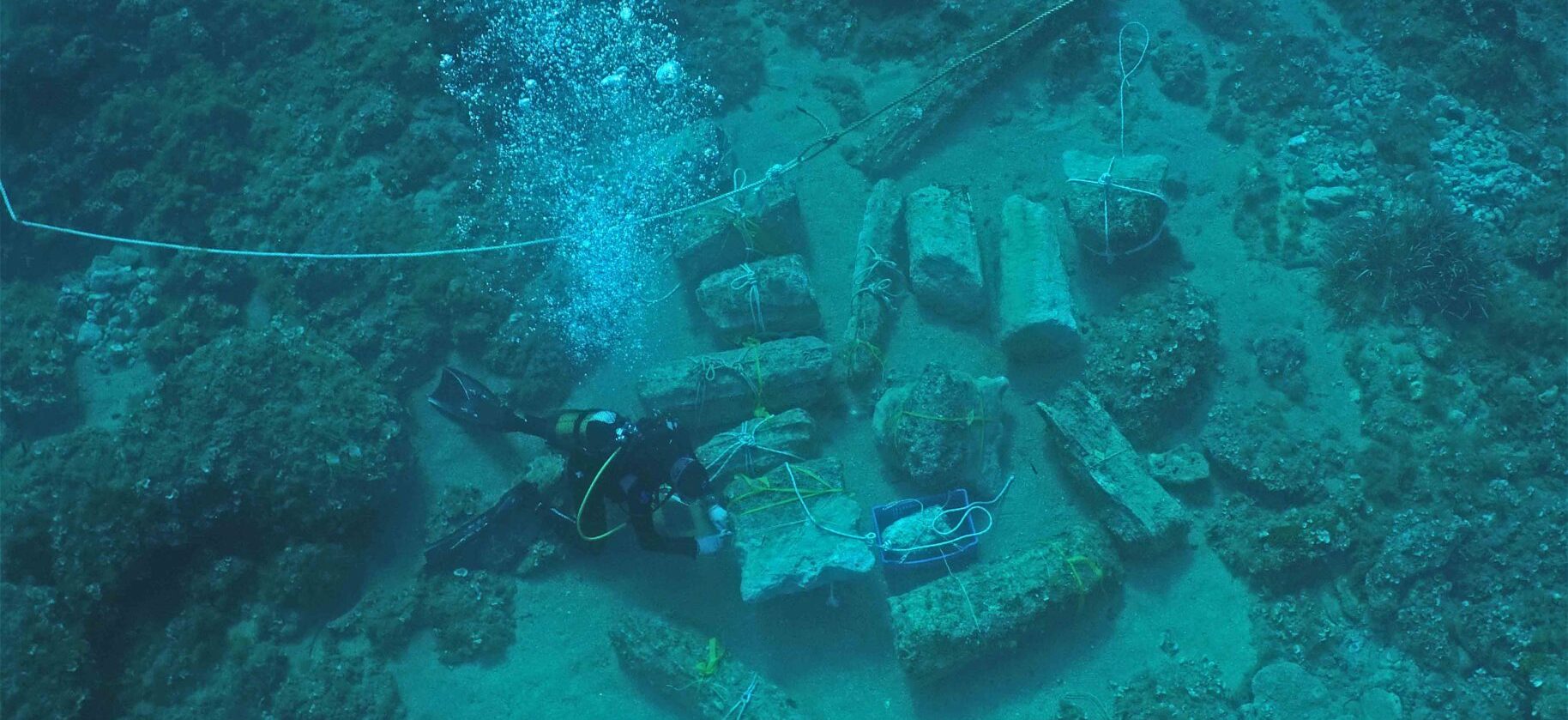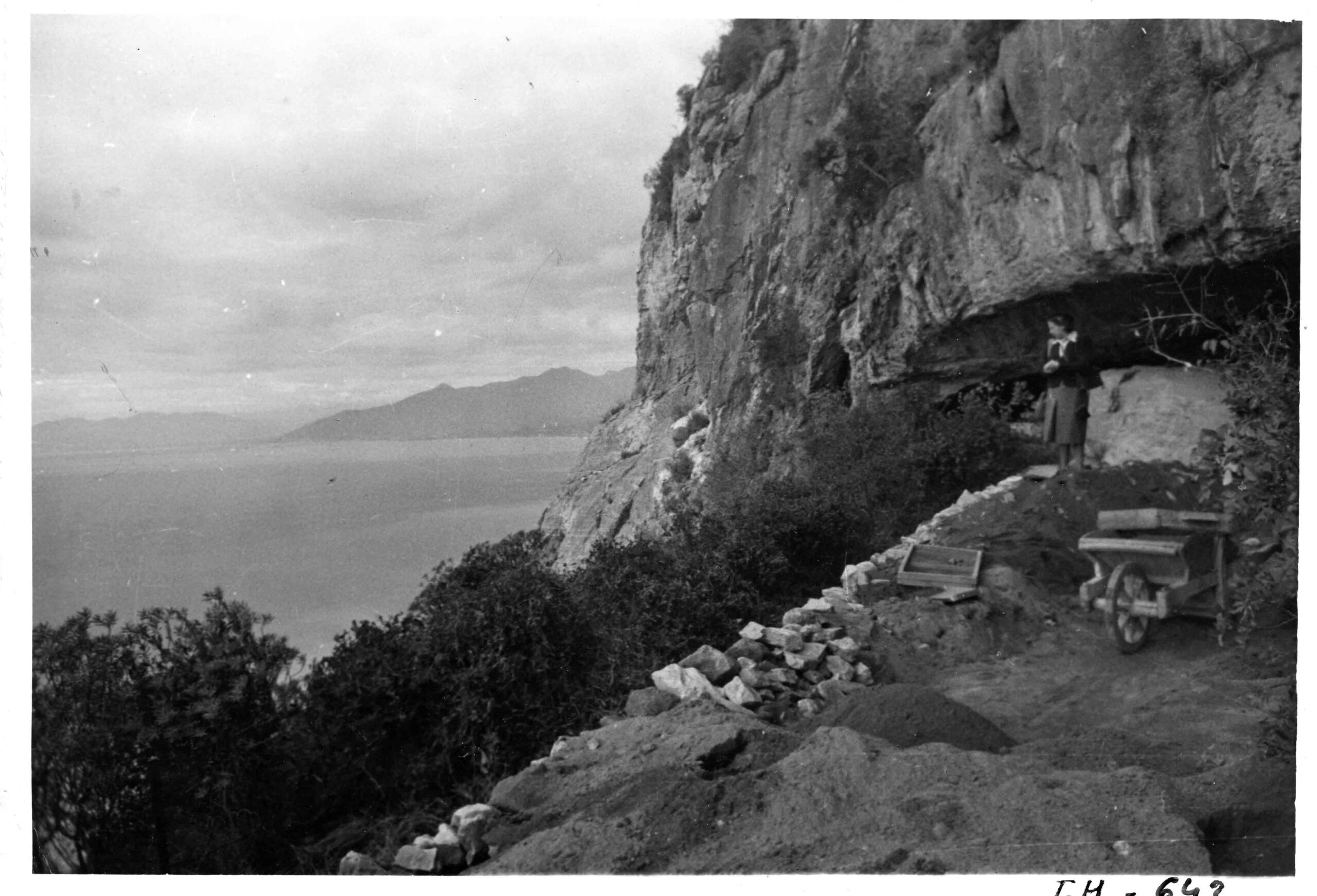
ATLANTA, GEORGIA—Live Science reports that people may have adapted to living in the cold temperatures, low oxygen levels, and intense ultraviolet radiation of the Andes Mountains within a few thousand years of migrating to South America. An international team of researchers collected DNA samples from the remains of people who lived in the highlands around Lake Titicaca, including hunter-gatherers who lived between 8,000 and 6,500 years ago at the site of Soro Mik’aya Patjxa, the 3,800-year-old remains of early farmers, and 1,800-year-old remains found in the Rio Uncallane, a series of cave-crevice tombs. They then compared these people's DNA with DNA samples from other ancient peoples and present-day populations in the coastal lowlands and the highlands. The study suggests people living in the highlands developed adaptations to life at higher altitudes such as bigger hearts and slightly higher blood pressure, splitting from lower-altitude populations about 8,750 years ago, or at about the same time permanent settlements appeared in the Andes. Highlanders also appear to have adapted to digesting potato starch while they transitioned from hunting and gathering to domesticating wild tubers. To read in-depth about adaptations of people around the world to high-altitude life, see “The Heights We Go To.”



